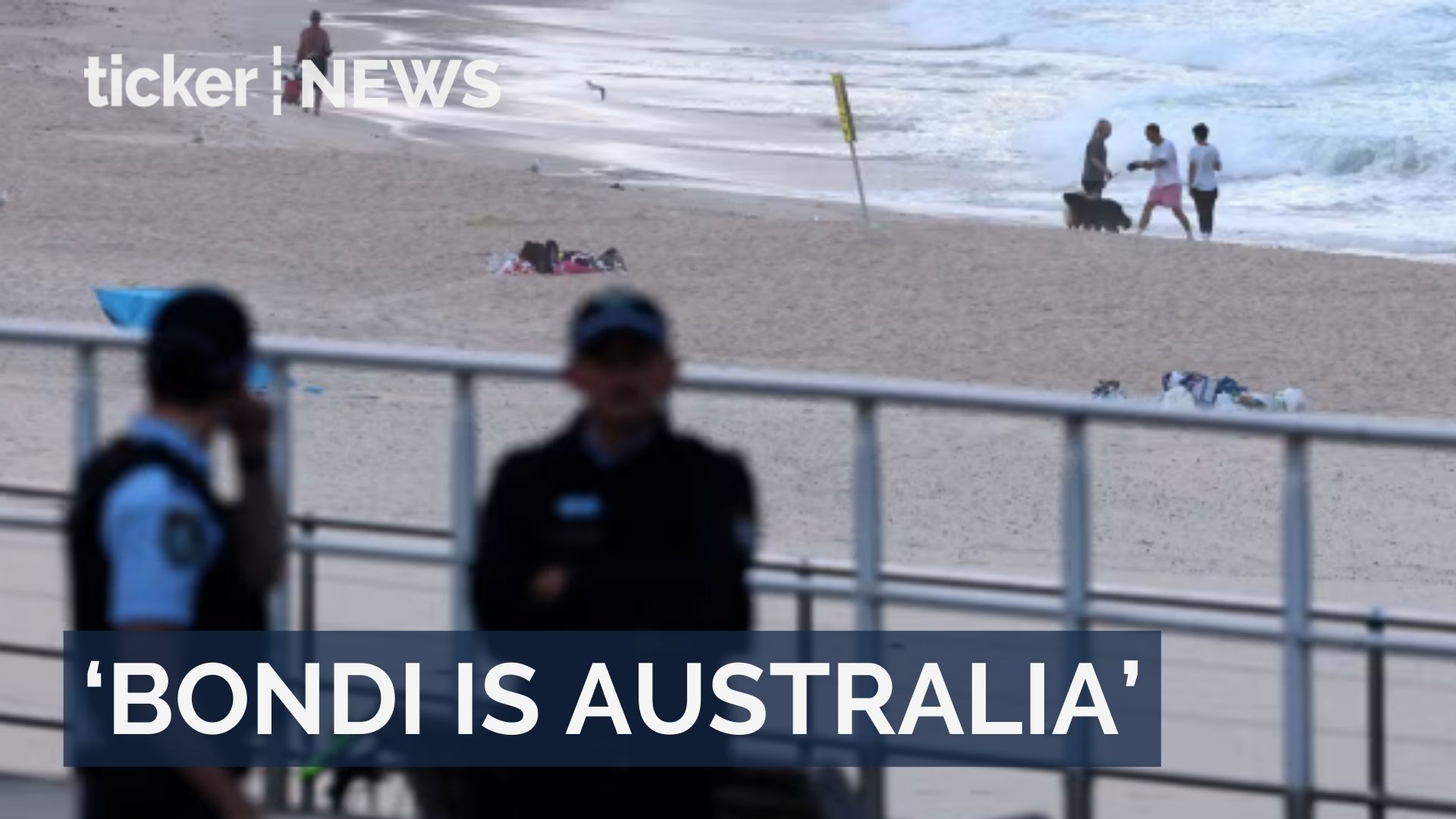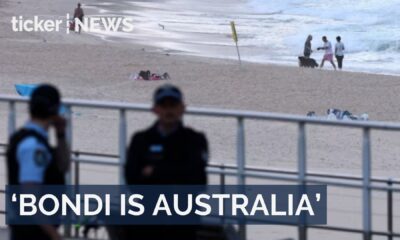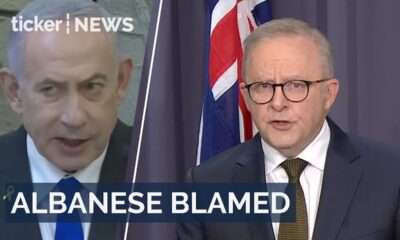Michelle Grattan, University of Canberra
Two Victorian Liberal women, Jane Hume and Sarah Henderson, have been dumped and a key numbers man has been promoted from the backbench to the shadow cabinet in the new frontbench announced by Coalition leaders Sussan Ley and David Littleproud.
Hume was the high-profile finance spokeswoman last term and central in the disastrous work-from-home election policy debacle.
Henderson was shadow education minister, and complained after the election about not being able to get some of her policy out. She said in a statement she was “very disappointed” not to be included in the shadow ministry. “I regret that a number of high performing Liberal women have been overlooked or demoted in the new ministry”.
Alex Hawke, who was numbers man for Scott Morrison, and has played that role for Ley, becomes shadow minister for industry and innovation as well as manager of opposition business in the House of Representatives.
The shadow ministry was unveiled after a Nationals party meeting earlier on Wednesday formally signed off on re-forming the Coalition, just over a week after it had dramatically split.
Senator Jacinta Nampijinpa Price, who defected from the Nationals in a vain hope of becoming deputy Liberal leader, is shadow minister for defence industry, outside the shadow cabinet. Price has lost out by her move – she would have been in the shadow cabinet if she had stayed in the Nationals. She indicated on Wednesday night she would continue to speak widely on issues.
The post of “government efficiency” that Peter Dutton created for Price has been scrapped.
As expected, Liberal deputy Ted O’Brien, who carried the nuclear debate for the opposition in the last term, becomes shadow treasurer. The deputy leader has the right to choose their own portfolio.
Apart from O’Brien, the opposition economic team includes James Paterson in finance, Andrew Bragg in productivity, deregulation and housing, and Tim Wilson in industrial relations, employment and small business.
This is a promotion for Paterson, considered a good performer on national security issues last term, and a big reward for Wilson for dislodging teal MP Zoe Daniel. There is a partial recount in Wilson’s seat of Goldstein at Daniel’s request, but he is considered safe.
The opposition’s Senate leader Michaelia Cash receives the plum job of shadow foreign minister, while Angus Taylor, who ran unsuccessfully for leader, becomes shadow defence minister.
Andrew Hastie, who wanted to move from the defence post, is in home affairs. Hastie decided not to run for leader after the election but is seen as positioning himself for a bid at some point in the future. He told the ABC this week: “Timing is really important in political life”.
Kerrynne Liddle is shadow minister for Indigenous Australians, as well as having social services. Angie Bell becomes shadow minister for the environment while Dan Tehan is spokesman on energy and emissions reduction.
Jonathon Duniam becomes education spokesman. Julian Leeser takes over shadow attorney-general, a position he held early last term before he resigned over the Voice.
The Nationals, who wanted a stronger economic voice, have
won the position of shadow assistant treasurer, which goes to Pat Conaghan.
For their part, the Liberals have sliced off part of the infrastructure portfolio, held by the Nationals’ Bridget Mckenzie, to create a new shadow ministry for urban infrastructure and cities, which goes to Queensland senator James McGrath.
Gisele Kapterian, who as of late Wednesday was only three votes ahead of teal Nicolette Boele for the Sydney seat of Bradfield, will become a shadow assistant minister if she wins.
For Ley, the shadow frontbench reflects a juggling act of rewarding supporters while seeking to not excessively alienate those who opposed her.
She was reluctant to be drawn on her dumping of Hume, who supported Taylor in the leadership. “I don’t reflect on private conversations. I will say this; These are tough days and having been through many days like this myself in my parliamentary career, I recognise that.”
Tensions in the Nationals
Though the Coalition is back together, ructions within the Nationals are continuing, with the longer-term implications for Littleproud unclear.
Two former Nationals leaders, Michael McCormack and Barnaby Joyce, have been excluded from frontbench positions. Both had been critical of breaking the Coalition.
McCormack welcomed the Coalition rejoining, but said “we should never have been apart”. Of his exclusion from the frontbench, he told reporter in his home city of Wagga Wagga, “I’m disappointed, but life goes on”.
Nationals Colin Boyce, from Queensland, attacked Littleproud on Wednesday saying, “How can you support a bloke who misled the party room?” Boyce, speaking on Sky, said the party room had not been told “the whole truth about the conversations, the letters, the little extras that were demanded”.
It was later revealed Littleproud had asked for Nationals shadow ministry to have freedom to freelance on policy. This was rejected by Ley, which Littleproud then accepted.
The Coalition now faces a defining coming battle over whether to stay committed to the target of reducing emissions to net zero by 2050.
Joyce – under whom the Nationals signed up to net zero – flagged he would push for change.
He said net zero was a disaster for the economy and the environment, and most importantly for “poor people because they can’t afford their power bills”.
Nationals senator Matt Canavan, who ran for the leadership against Littleproud, is a constant campaigner against net zero.
Hastie this week described net zero as “a straitjacket that I’m already getting out of”.
Ley was confident she and Littleproud could work well together. “Personally, David and I will be friends. I think a woman who got her start in the shearing sheds of western Queensland can always find something to talk about over a steak and a beer, David, with you, the person who represents those communities now.”
Michelle Grattan, Professorial Fellow, University of Canberra
This article is republished from The Conversation under a Creative Commons license. Read the original article.

























